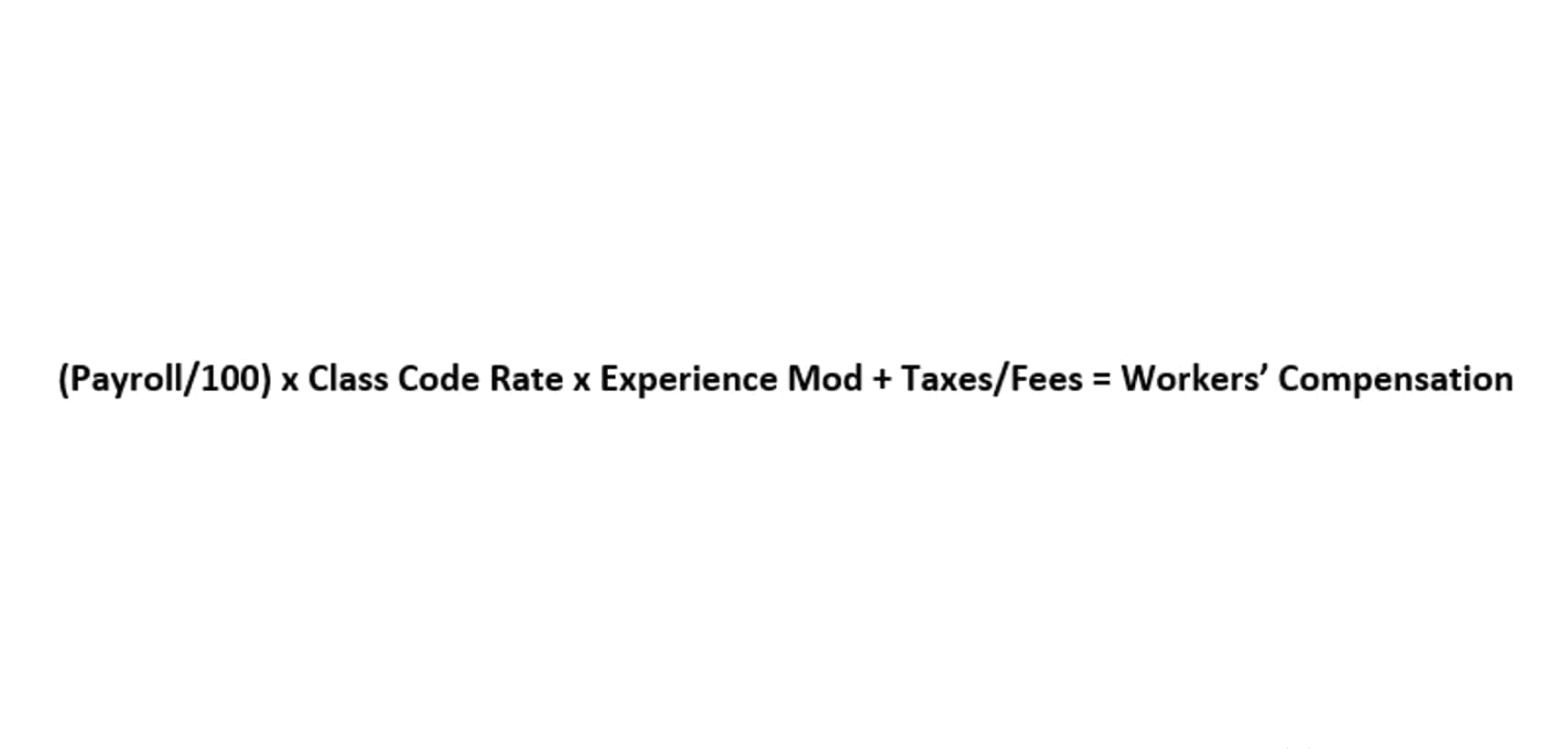
LeaseGuru makes it simple and secure to account for up to 15 leases under ASC 840, ASC 842, and IFRS 16. Create your free account to get started with journal entries, amortization schedules and more. However, for the purposes of this article the termination and https://www.bookstime.com/ the accounting recognition of the termination occur at the same time. At the start of year two, Curve renegotiates the contract to lease only two of the factories. Like many aspects of lease accounting on face value, the accounting appears straightforward.
Accounting for Lease Termination Costs
- Whenever a lease is terminated, whether early or at the end of a lease, a landlord generally becomes the owner of improvements which were made to such leased space during the lease.
- Guidance on the accounting for such concessions is available in the helpsheet Covid-19-related rent concessions under FRS 102 and FRS 105.
- In addition, if the lease modifications are substantial, the post-modification agreement can be considered a new lease for purposes of applying Sec. 467.
- In one such significant example, the IRS ruled that a cancellation payment made by a tenant in order to acquire a new property was not immediately deductible, but rather required to be capitalized.
- Understanding these differences is essential for property owners and tenants to take well-informed choices.
In order for this option to be available, the contractual payments in the lease agreement must state that the lease payments increase by a specified amount which has been clearly linked to expected increases in general inflation. For example, a lease which states clearly that ‘payments will increase by 3% per annum in line with expected inflation’ would qualify under this paragraph, since it is known at inception of the lease what the future payments will be. In general, under FRS 102, the total cost of entering into an operating lease for a lessee should be spread on a straight- line basis over the lease term.

Operating Lease Journal Entry Example
Navigating the nuances of lease accounting journal entries is crucial for maintaining accurate financial reporting and compliance with accounting standards. Whether dealing with operating leases or capital/finance leases, it’s essential for finance professionals to have a solid understanding of the proper journal entries and their implications. By adhering to the appropriate accounting practices and leveraging lease accounting software solutions, companies can ensure transparent and reliable financial reporting while staying up-to-date with the latest lease accounting changes. A partial termination is when the lessee reduces its access to the right of use asset. For example, a lessee leases 3 floors in an office building and vacates one of the leased floors.
Accounting for Partial Lease Terminations
The topic of accounting for leases is a wide and potentially complicated field. Each lease is the product of negotiation between the lessor, who generally owns the property, and the lessee, who is generally looking to rent the property. Therefore, each lease contract will contain a unique set of conditions, terms and clauses to which the two parties have agreed upon. In order to properly account for a lease, it becomes necessary accounting for lease termination fees for the person doing the accounting to take into consideration all applicable clauses, conditions and terms contained in this agreement. The tenant provides consideration in exchange for the right to use the property, which can be in the form of services, payments, or other valuable items. You would be responsible for paying rent for the remainder of your lease term or until the new tenant’s lease begins, whichever is sooner.
The following calculations illustrate Entity A’s lease cost after the impairment. As mentioned above, we split the journal entry for this approach into two steps (above) for clarity. To calculate the new ROU asset after modification, the lease asset before modification ($24,630,474) would be decreased by the proportionate adjustment to the ROU asset ($9,852,190) and then increased as a result of the updated lease terms ($1,957,788). Because there are various options to terminate a lease, it’s important to understand the accounting treatment of an early termination under the respective new standard. While the information above helps outline what you need to know about lease termination options, implementing a lease accounting solution that handles termination scenarios will allow your company to account for these situations effortlessly and accurately. That’s because, unlike other modifications where there is no income statement impact, with partial lease termination, there is.
When there is a reduction in the lease term, the lessee remeasures the lease liability based on the future lease payments; the balancing journal entry goes to the right of use asset. The IASB decided that under IFRS 16, a reduction in the lease term does warrant a gain/loss calculation. Next, Entity A concludes that neither a full nor partial termination has occurred because a reduction in lease term is not considered a reduction in the assets subject to the lease but rather a change in attribute of the lease. Consequently, Entity A treats the amendment as a modification of an existing lease.

